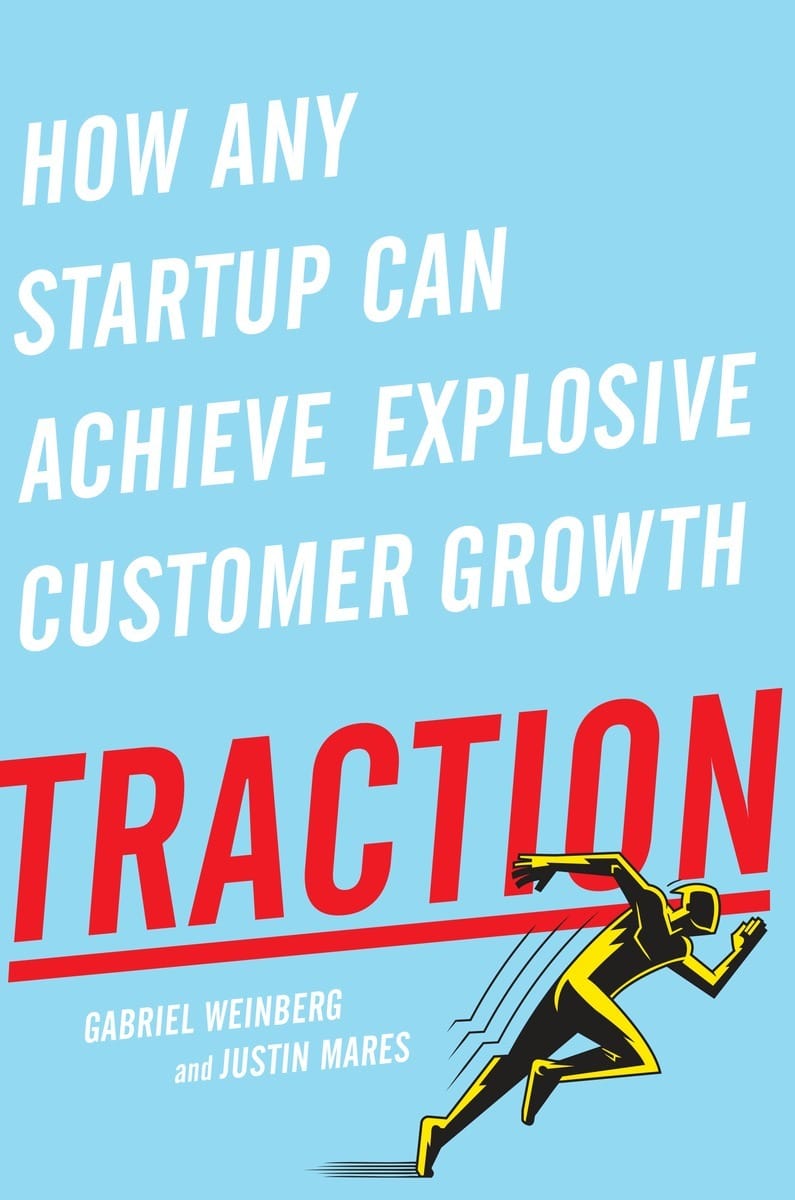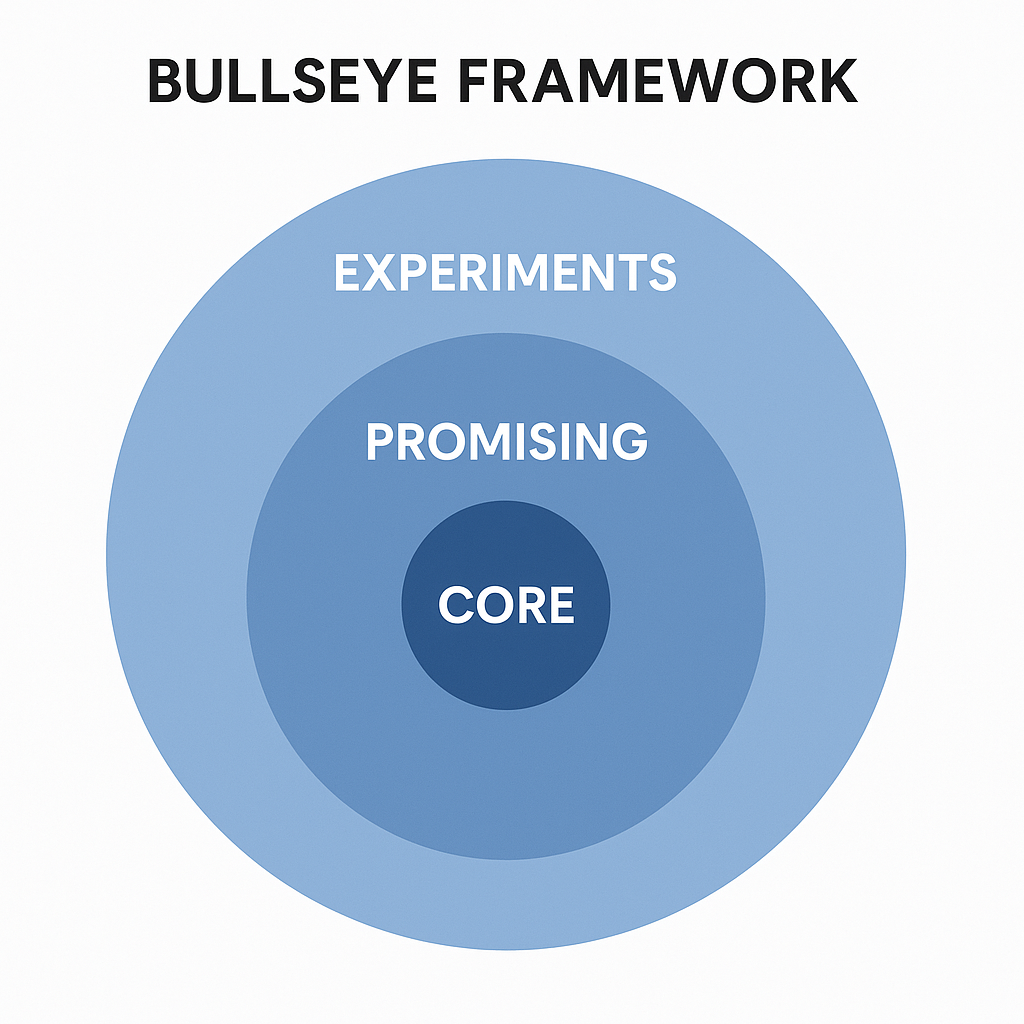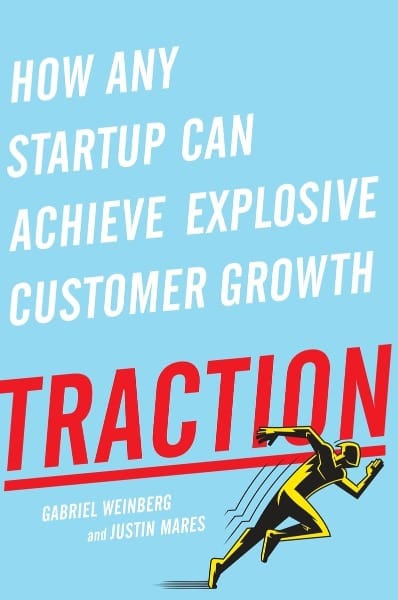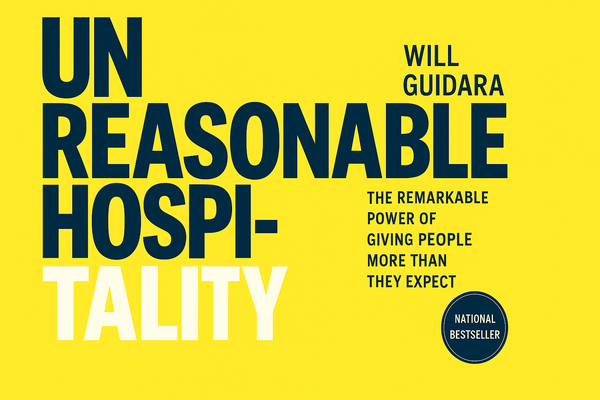Book Review: Traction - How Any Startup Can Achieve Explosive Customer Growth
Discover key lessons from Traction: How Any Startup Can Achieve Explosive Growth and how to adapt the Bullseye Framework to your unique strategy.

OK, I have to start off by saying I was tricked into buying and reading this book. In all honesty, I started off wanting to read the other Traction book, Traction: Get A Grip On Your Business. It only took me about half the book before realizing I'm reading the wrong book.
The mishap makes me feel like I was catfished, or my son likes to say I was a Marketing Victim.
Ultimately, I enjoyed and learned a lot from the book Traction: How Any Startup Can Achieve Explosive Customer Growth. The book highlighted how to market your company from zero to one.
The authors themselves are both well-known:
- Gabriel Weinberg - CEO & Founder of the privacy-first search engine Duckduckgo
- Justin Mares - Founder of two startups and was Director of Revenue at Exceptional Software which was acquired by Rackspace.
Both Gabriel and Justin have shed some light on starting various businesses. They scaled their startups' user bases by utilizing the Bullseye Framework.

What Is the Bullseye Framework?
The Bullseye Framework is a strategic approach to identify, test, and focus on the best marketing channels for your business.
Imagine a literal bullseye:
- The outer ring is all about experimentation
- The middle ring focuses on promising channels
- The inner ring—the sweet spot—is your core growth channel
This framework helps you avoid random tactics and instead build a repeatable, scalable marketing engine.
The 3 Rings of the Bullseye Framework
1. OUTER RING: Experiments
This is where you go wide. Explore all 19 traction channels (like SEO, social ads, PR, events, viral marketing, content, etc.).
Goal: Run cheap, fast experiments to see what gets even a flicker of traction.
💡 Example: Run $50 Facebook ads, guest post on a niche blog, or host a webinar. Don’t overthink—just test.
2. MIDDLE RING: Promising
These channels showed early signs of success in the outer ring.
Now it's time to double down a bit. You refine your message, increase your budget, and optimize tactics.
Goal: Prove a channel can scale.
💡 Example: That small SEO test drove real traffic? Now you start publishing content weekly and investing in link building.
3. INNER RING: Core
You’ve found it: the marketing channel that reliably brings users/customers and can scale.
This becomes your main growth engine—until it stops working or you outgrow it.
Goal: Optimize and systematize.
This strategy is also brilliant, but also involves throwing spaghetti at the wall simultaneously to see what sticks. On one hand, it is challenging to run 19 different marketing channels efficiently and successfully. On the other hand, it is moving fast, experimenting, seeing where you get traction first, and scaling.
I wouldn't opt to try all 19 marketing channels. Instead, I would do some market research. Find out where your customers are and find quick wins in these niches.
Niches get the Riches!
The book reviews the possible marketing channels, how to experiment with them, and how to scale them. No framework is one-size-fits-all—and that’s the secret sauce.
Twist the Bullseye Framework to fit your niche, budget, and bandwidth like a glove. Bootstrapping?
Run micro-experiments on zero-budget channels like cold outreach or communities. Short on time? Automate tests and let data do the heavy lifting. In a weird niche? Good—less competition means more edge. This isn’t marketing-by-numbers—it’s marketing with precision, purpose, and personality.
So sharpen your arrows, break the rules where it makes sense, and make the bullseye your own.




